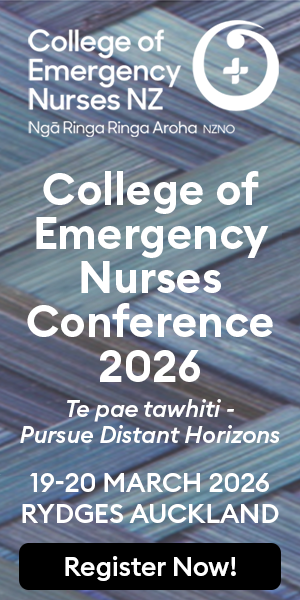Judge Bruce Corkill’s summary decision on Thursday stopped the planned 24-hour strike after the nation’s 20 district health boards (DHBs) sought an interim injunction against the Public Service Association, Te Pūkenga Here Tikanga Mahi (PSA).
DHBs established an “arguable case” the planned March 4 strike by allied health, scientific and technical staff in multi-employer collective agreements (MECA) was illegal.
“The circumstances of the present pandemic mean that health services, which are already very stretched, would face even further pressure.”
The impact of the strike on the DHBs’ ability to maintain “business continuity” during an Omicron surge was another factor. Arrangements for life-preserving services (LPS) would “only go so far”, if the action went ahead, Corkill said.
“The circumstances of the present pandemic mean that health services, which are already very stretched, would face even further pressure,” he said.
That would impact not only on health services already hit by high levels of absenteeism, but on hospital patients – with admission rates increasing “dramatically” due to Omicron.

“The public interest in having access to health services which are as effective as possible in the current environment is a significant factor which points to the granting of relief [to DHBs].”
Allied health workers include the likes of laboratory staff providing COVID-19 testing services. On March 3 there were 23,183 new community cases of COVID-19.
Employment Relations Authority mediation scheduled for Monday would “provide a meaningful avenue” for bargaining, Corkill said.
The interim injunction also covered a second strike planned for March 18.
Under employment law, a strike is lawful if it covers collective agreement bargaining. The DHBs argued that the strike instead related to an unresolved equal pay claim.
What does it mean?
NZNO lawyer Jock Lawrie said the court’s ruling was a reminder that “that context is key in judicial decision-making”.
“The court’s upcoming full judgement may contain important observations on the interplay between collective agreement bargaining and equal pay/ pay equity bargaining.”





